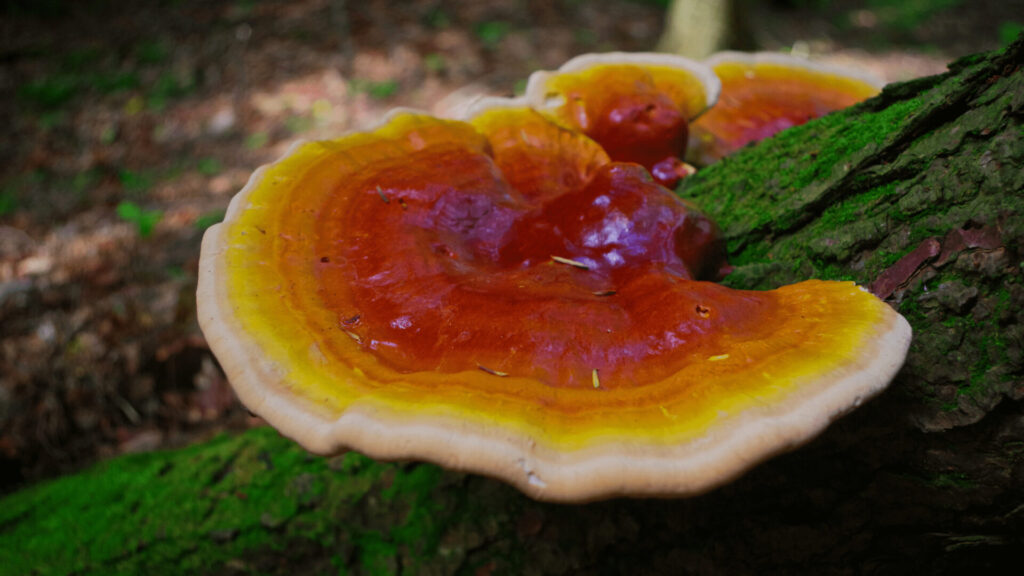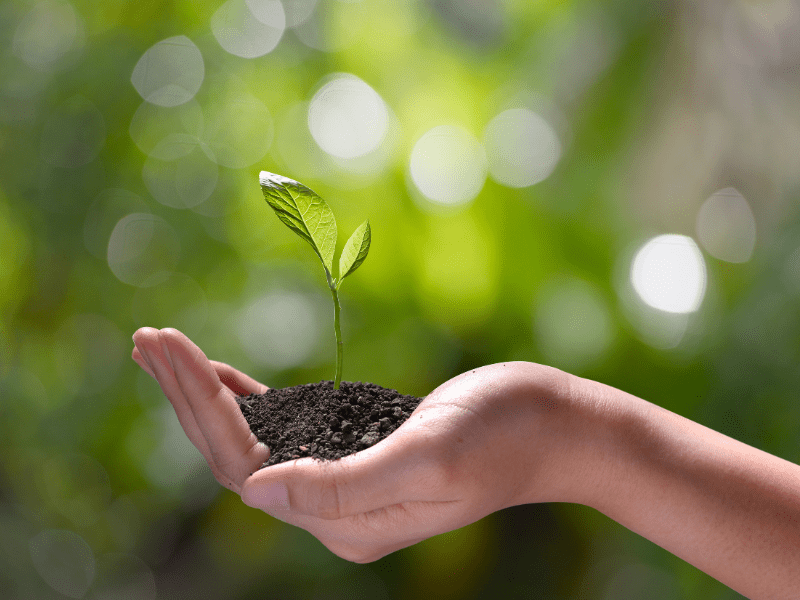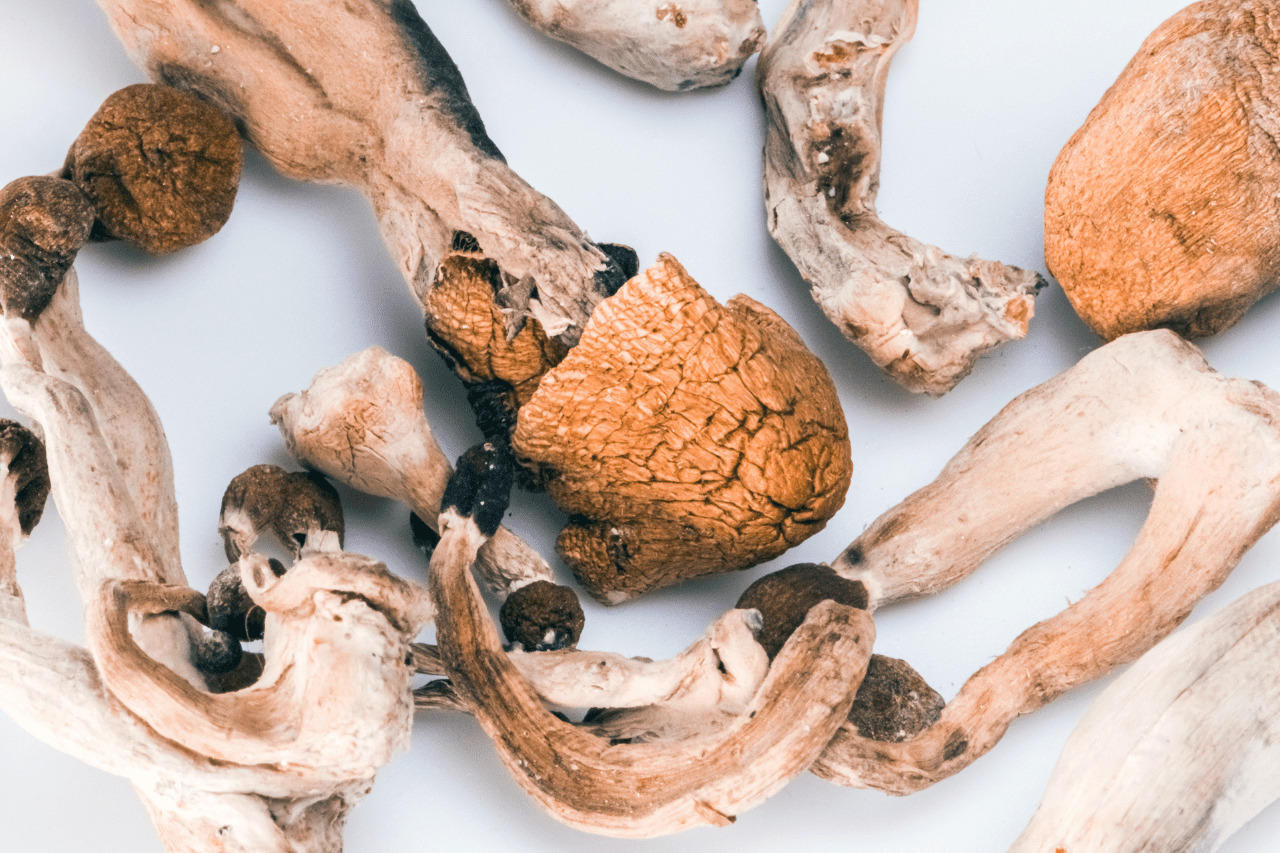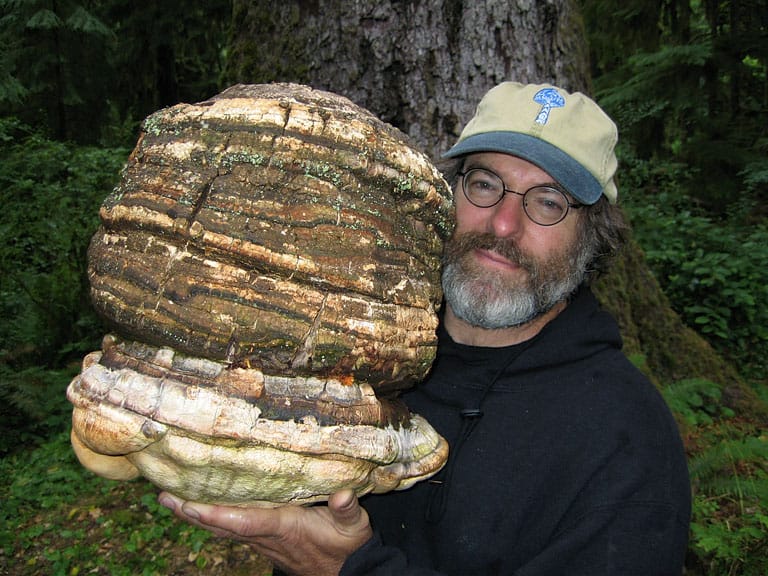
How To Get The Most Out Of Your Microdosing Journey!
What is Microdosing? To begin, I will give a brief explanation of microdosing for anyone unsure or new to the topic. Essentially, it is the

Although humans have been foraging mushrooms for centuries, these tiny healers have recently sprung up in popularity, appearing across various major mainstream platforms. Consuming mushrooms has played a vital role in our survival. We’ve evolved with a biological system that allows us to receive the medicinal compounds found in fungi.
The fungi kingdom is absolutely massive! There are tons of exceptionally complex species of mushrooms with unique formations and intelligent functions. There is something truly captivating about coming across a mushroom on a walk in the forest. We have paid close attention to this kingdom since the beginning, so it is no surprise that we have a special connection with mushrooms in today’s age.
Mushrooms were here far before we were here and many believe they will remain on Earth long after we are gone. In fact, the oldest fossil of any living organism that we have found to date is a mushroom! This remarkable fossil is believed to be more than 2.4 billion years old! These are sacred and ancient life forms that can heal our ecosystems and ourselves.
Mushrooms are powerful organisms that can feed us, clothes us and heal us! In this article, we will be going over one of the many healers in the mushroom family; Reishi. But first, let’s have a quick scan of the basics.
Many of us are familiar with magic mushrooms and magic truffles. When we refer to ‘medicinal mushrooms’ we usually mean non-psychoactive mushrooms that host helpful properties that humans can benefit from. However, depending on who you ask, magic mushrooms could be considered medicinal to some extent but we will be sticking to the topic of non-psychoactive fungi.
Essentially, medicinal mushrooms are naturally occurring organisms that contain metabolites or can be induced to produce metabolites through biotechnology to develop medicine. This is a very basic description/definition of medicinal fungi, however, this term functions as a blanket term since there are many types of medicinal fungi with different applications and results. For example, some compounds can be successfully developed into drugs that work as antibiotics and anti-cancer treatments while others can have a similar effect by consuming their original fruiting body as it is.
Although we have been using mushrooms in a medicinal fashion for, well, for nearly all of human history, we are still unable to truly grasp the inner workings of these complex organisms. Now that we are able to look at mushrooms through a scientific scope, we are gaining a lot more insight into the world of medicinal mushrooms and how to apply them to different treatments with greater success. A very exciting time to be alive, if you ask me! Let’s move on and go over the basics of reishi mushrooms.
While this mushroom is widely known as reishi, its other names are lingzhi, and Ganoderma lingzhi (binominal name). In this article, we will refer to this mushroom as both reishi and lingzhi. Its common name, reishi, comes from the Japanese pronunciation of ‘‘mushroom of immortality’’. In Japanese culture, this mushroom has been deeply respected and admired for over 2,000 years. This mushroom is native to Asia, hence its lengthy history in Traditional Chinese Medicine and many other medical practices in various parts of Asia.
Reishi has a reddish brown varnished kidney-shaped (and coloured) cap with layered bands and peripherally inserted stems which gives this mushrooms its distinctive fan-like appearance. When its fruiting body is younger and fresh, its cap is cork-like, soft and flat. If you have a look underneath its cap, you will see a lack of gills on its underside. Instead, this mushroom releases its spores through tiny yellow pores, which can be between 80–120 μm.
In nature, lingzhi grows at the base of stumps of deciduous trees, especially that of maple trees. The natural occurrence of these mushrooms is rare. One two or three out of 10,000 aged deciduous trees will have lingzhi growth, however, it can be cultivated on sawdust, wood chips and/or hardwood! Before moving on to the benefits of lingzhi, have a look at some characteristics and scientific classifications of this mushroom.
Cap is offset.
Stipe is bare or lacks a stipe
The spore print is brown
Pores on hymenium
The fruiting body is edible
Ecology is saprotrophic or parasitic
Class: Agaricomycetes
Order: Polyporales
Division: Basidiomycota
Family: Ganodermataceae
Genus: Ganoderma
Binomial Name: Ganorderman lingzhi

Before I make a list of the benefits of this mushroom, please note that none of these benefits are absolute and the evidence backing these benefits are not set in concrete. The research is limited and ongoing and I am not claiming the following information as fact.
Many medical mushrooms have immune-system-boosting properties and reishi is no exception. This may be the most important benefit of this mushroom. While some details are uncertain, some test-tube studies have suggested that lingzhi can affect the genes in our white blood cells, which are extremely critical parts of the immune system. Additionally, these same studies found that certain forms of reishi may alter inflammation pathways in white blood cells. A common find during reishi research is the effects it has on white blood cells and leads to cancer-fighting potential, which is our next point!
Many individuals all over the Globe use this fungus due to its potential cancer-fighting properties. Scientific research in cancer patients has shown us that some of the molecules found in lingzhi can increase the activity of a type of white blood cell called natural killer cells. Natural killer cells fight severe infections and cancer in the body. A different study found that this mushroom can increase the number of other white blood cells (lymphocytes) in those with colorectal cancer. There was one larger scale study that was conducted using over 4,000 breast cancer survivors that found around 59% consumed reishi mushroom! Other research shows that it could also several benefits to those suffering from prostate cancer, due to its strong effect on the hormone testosterone. Really, I could go on and on about its cancer-fighting potential, but I think you get the point.
While this mushroom clearly has strong healing effects on the physical body, some research also indicates that it could ease mental health conditions, such as depression, stress and anxiety. A common symptom of depression is fatigue, which lingzhi may be able to aid. Another study found that reishi reduced fatigue and improved quality of life within just 4 weeks of consuming reishi extracts. Additionally, they also found their patients experiencing lower levels of anxiety alongside decreased depression. Perhaps supplementing this mushroom could benefit both the mind and the body simultaneously.
The dosage for this mushroom is not as straightforward as you may have thought. The highest doses are seen when consuming the mushroom itself vs extracts. In this case, doses could range from 25-100 grams, depending on the size of the mushroom’s fruiting body. Although consuming the mushroom itself is rare, it is the best way to reap its benefits. However, most individuals who consume lingzhi do so using extraction in the form of powder.
Commonly, a dried extraction of reishi is dosed at approximately 10 times less than when the fruiting body is consumed. To put it into perspective, 50 grams of this mushroom itself may be comparable to roughly 5 grams of the mushroom extract. A typical daily dose of reishi extract can range between 1.5-9 grams each day. However, the extracted powder you are using should always come with the recommended dosage. Always stick to that and never go above as each extraction hosts a different potency.
While this mushroom has functioned as an effective and successful treatment for various conditions in both healthy and unhealthy individuals, as always, there are some things to look out for when consuming lingzhi.
Some individuals run into stomach complications when supplementing reishi. Some minor effects, such as a slight increase in the risk of upset stomach or digestive distress can occur. If this is the case, we can suggest lowering your dose. If this issue is still arising, then perhaps your system simply disagrees with this mushroom.
However, these effects are minor and included a slightly increased risk of upset stomach or digestive distress. No adverse effects on liver health were reported. It is important to understand that many studies of reishi mushrooms have reported no safety data. That being said, our understanding of its potential negative side effects is currently unknown. As with all supplements and treatments, there are some groups of individuals that should avoid using reishi. These include but are not limited to those who are pregnant and/or breastfeeding, have a blood disorder or will be undergoing surgery.
We’ve been using this mushroom for centuries, but that doesn’t necessarily mean that it is suited for you. As always, listen to your body and speak with your healthcare professional if you are consuming other medications and would like to incorporate this powerful mushroom into your routine. We are currently in the midst of the age of misinformation. That being said, please do your research before considering taking this mushroom and any other supplement for that matter! However, there is little risk involved with reishi and most individuals shouldn’t run into any issues when using this powerful medicine.
Start supplementing Reishi today!

What is Microdosing? To begin, I will give a brief explanation of microdosing for anyone unsure or new to the topic. Essentially, it is the

It‘s no longer news that global warming, climate change, pollution, and rising sea levels are threats to our homes. Therefore, taking conscious steps in ensuring

Welcome, curious minds! If you’re here, then you must have heard about microdosing, the practice of taking very small amounts of psychedelic substances to

We are officially able to apply magic mushrooms to clinical settings, thanks to recent studies! In this article, I will teach you about the healing

With today’s busy world, you’d be hard-pressed to find someone that couldn’t do with better cognitive processes and vitality. However, did you know that you

Psychonauts, mycologists, philosophers, daydreamers, and nature enthusiasts are all most likely to be aware of Terence McKenna. McKenna was one of the most revered psychedelic
GET 10% DISCOUNT WITH NOTIFIED ABOUT THE LATEST NEWS AND UPDATES. NO SPAM, WE PROMISE!
FREE Tracked shipping on orders over €250 to EU countries.
Monday- Friday 8.30am- 5pm (CET)
A range of options available
Guaranteed delivery or your money back